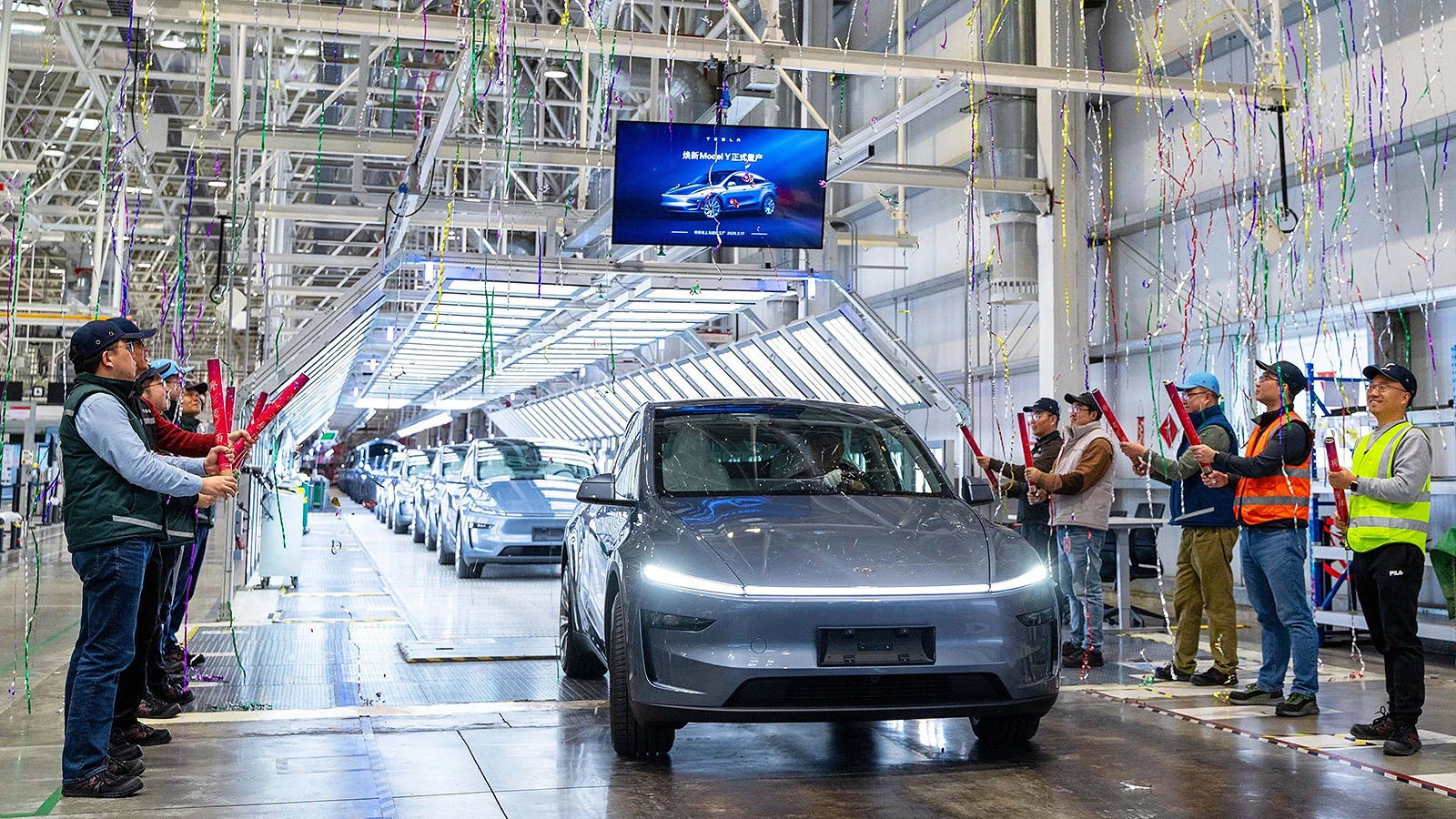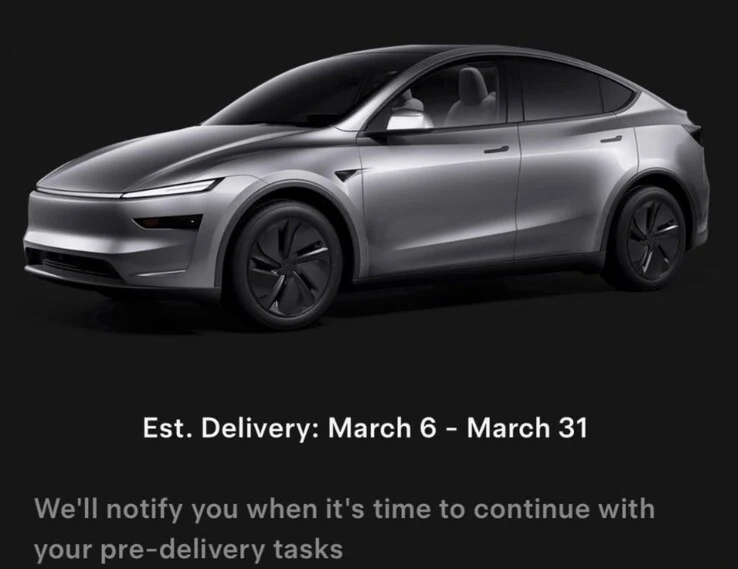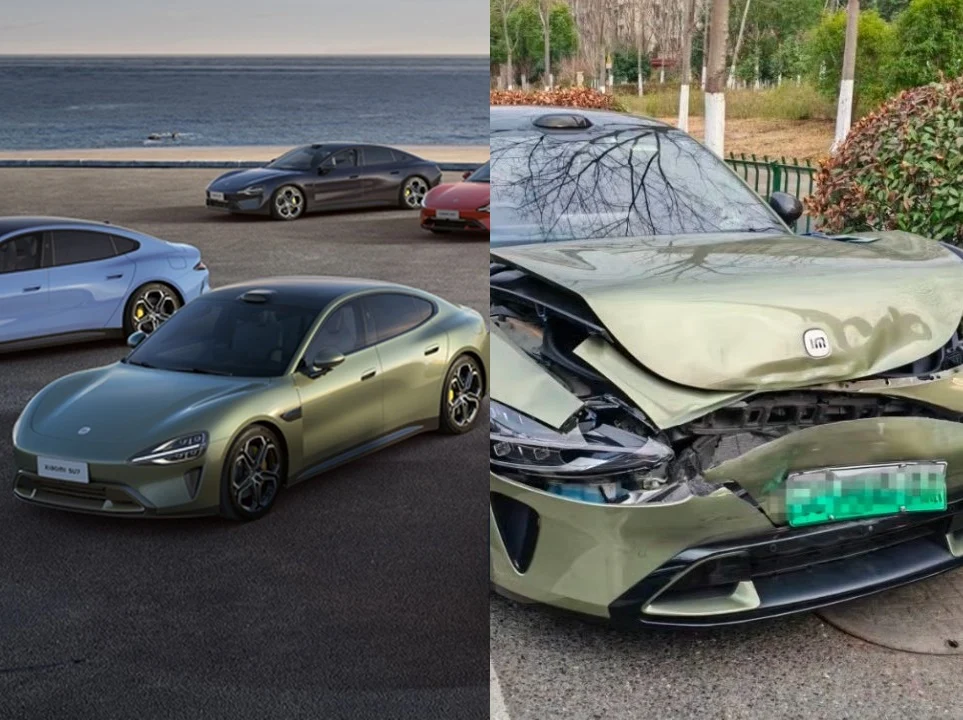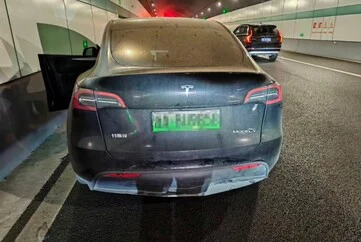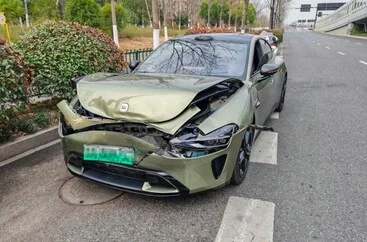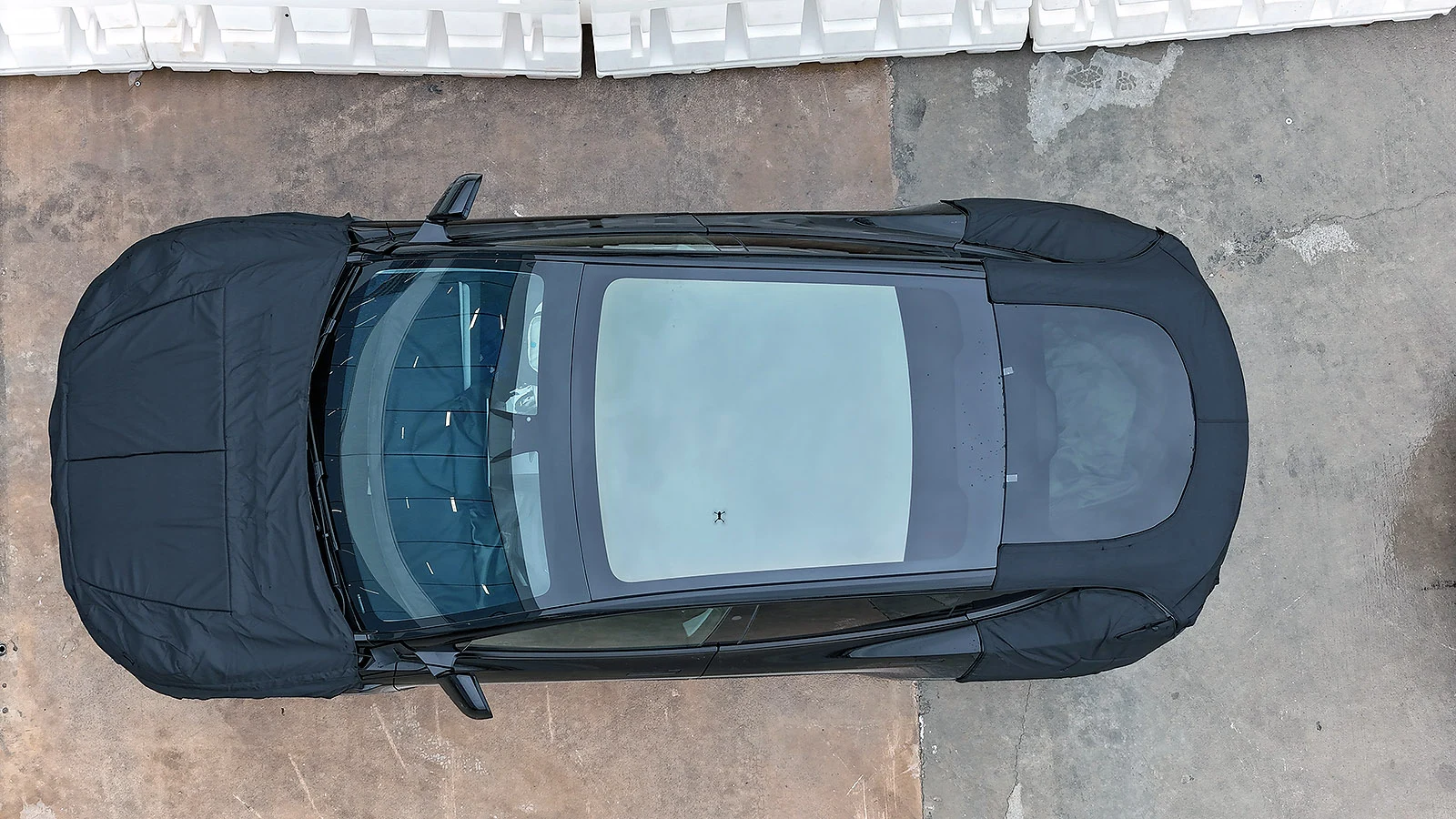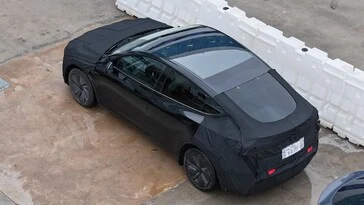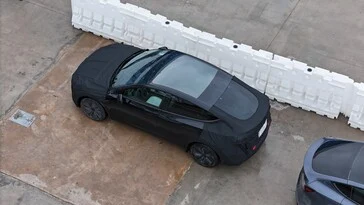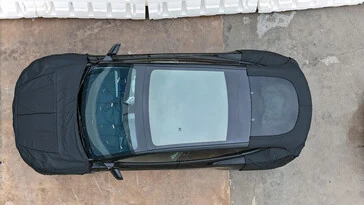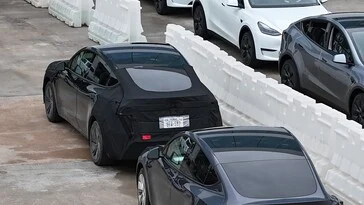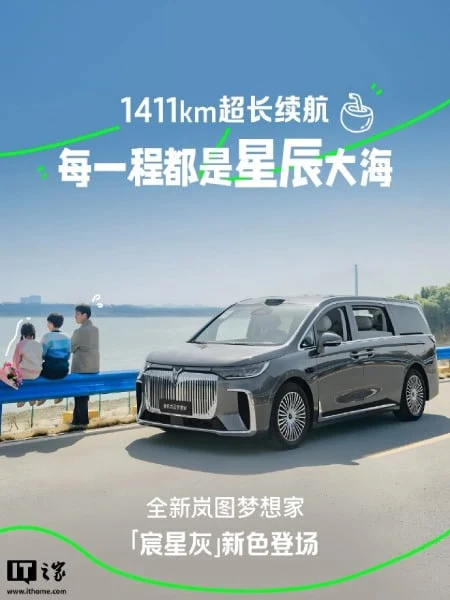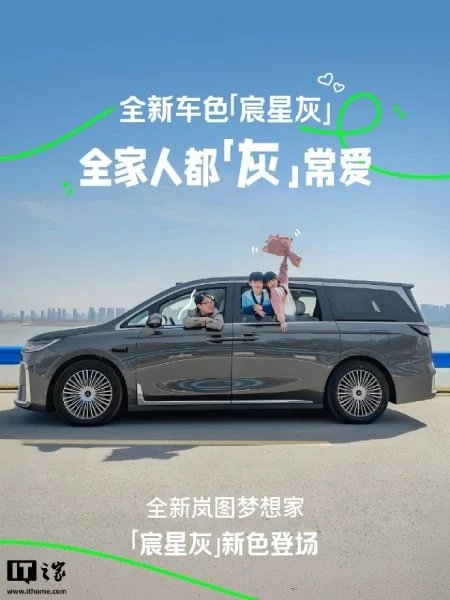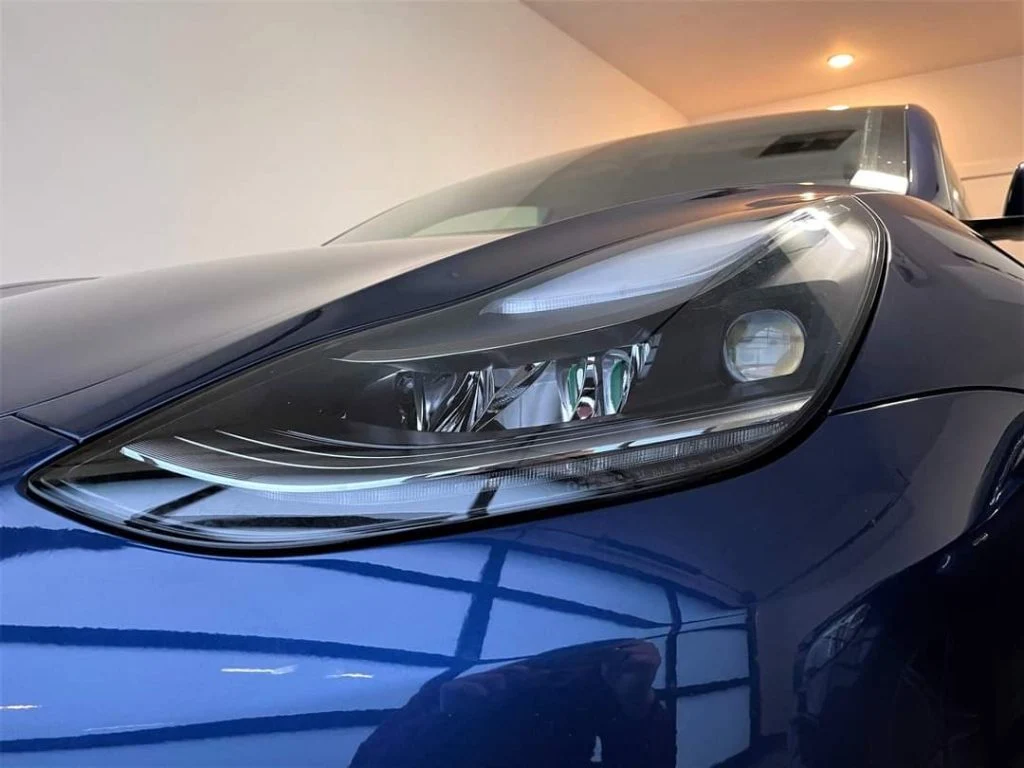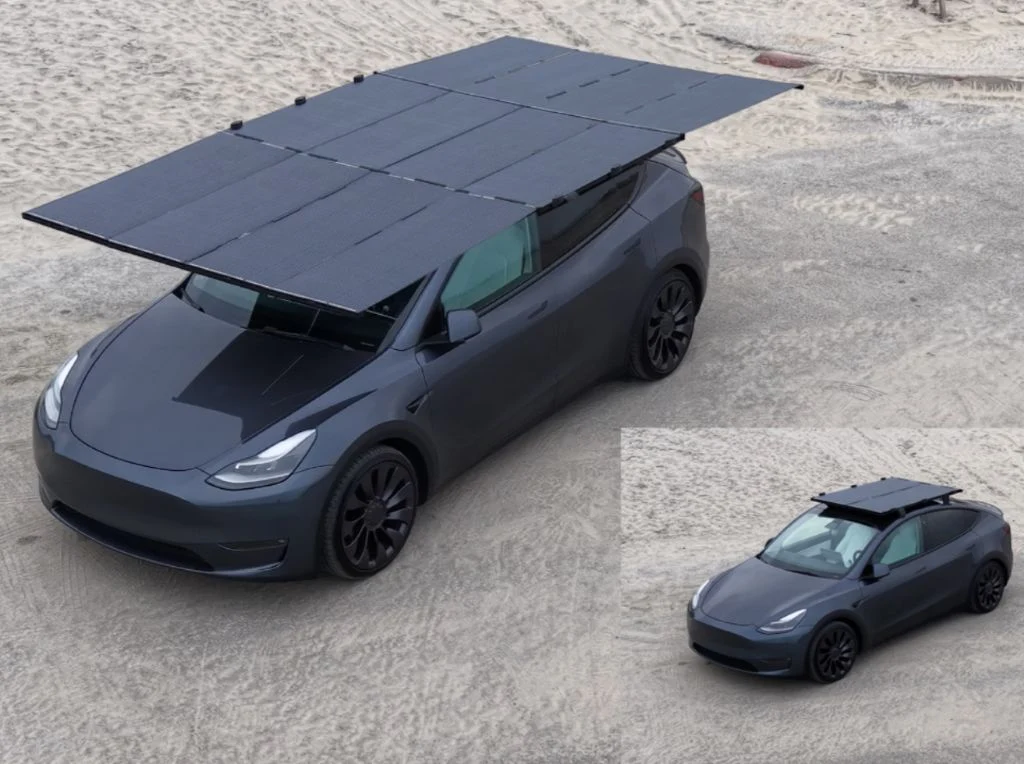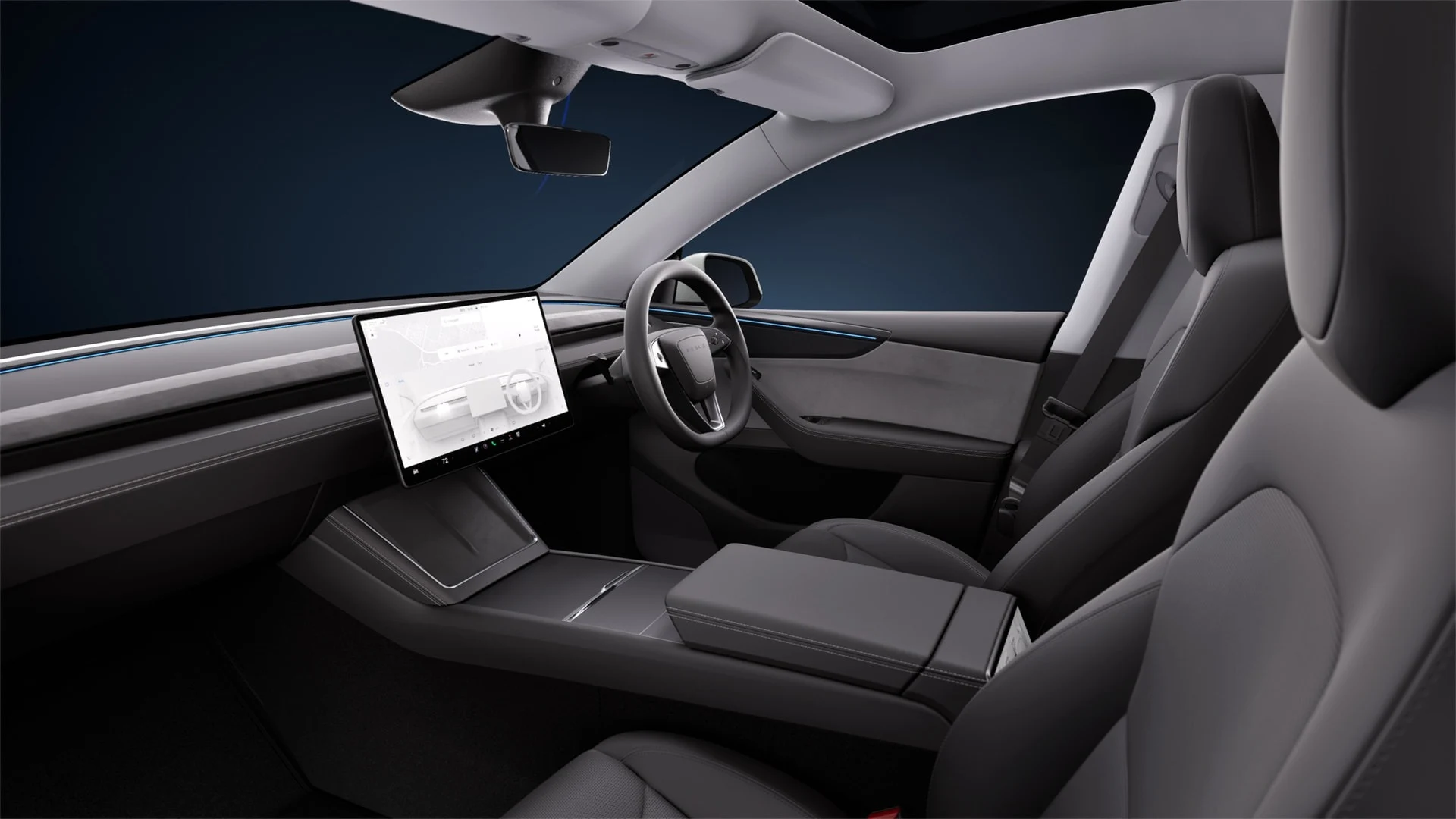Key Takeaways
1. The Tesla Cybertruck has a 5-star crash safety rating from the NHTSA, indicating strong passenger safety in frontal and side tests.
2. The Cybertruck is currently under investigation for a crash involving its Full Self-Driving feature, but passenger safety features remain unquestioned.
3. European authorities have not allowed the Cybertruck on public roads due to its sharp edges, which exceed safety regulations.
4. While crash tests showed good results for occupants, pedestrian safety evaluations for the Cybertruck are still uncertain.
5. Tesla is developing a more affordable rear-wheel drive (RWD) version of the Cybertruck, but it’s unclear if design changes will be made for compliance in Europe.
While Tesla’s Cybertruck, a massive 3-ton electric pickup made of stainless steel, has faced its share of controversies, one thing is clear: no one is questioning the safety of its passengers.
Accident Investigations
Recently, the Cybertruck was involved in a crash while using its Full Self-Driving (FSD) feature, which is currently under investigation by the NHTSA. Additionally, European authorities are not permitting it to be driven on public roads as usual due to its sharp edges. Still, there seems to be no doubt about the safety features inside the vehicle’s cabin.
Safety Ratings
The NHTSA, which is looking into Tesla’s self-driving-related accidents, has awarded the Cybertruck a commendable 5-star crash safety rating. However, this rating was only achieved in frontal and side crash tests, with the NHTSA estimating a low 12% chance of rollover. The images taken before and after the crash tests reveal that the Cybertruck’s frame and underbody, where the battery and drivetrain are located, have an impressive capability to absorb impact.
Future Considerations
While the crash dummies in Tesla’s electric truck performed exceptionally well during the safety tests, it is still uncertain how the Cybertruck will perform in pedestrian safety evaluations. The sharp edges of its stainless steel body exceed the allowed radius set by European regulators, which is one of the reasons Tesla has not yet launched it there. Elon Musk even mentioned in previous investor calls that modifications to the Cybertruck’s design will be needed for a European release.
Tesla is also working on a new, more affordable RWD version of the Cybertruck that is expected to launch this year. This model has already appeared in the IRS database as qualifying for tax credits. However, it remains unclear whether Tesla will make the necessary changes to sell it in Europe, where the NCAP safety tests include pedestrian safety evaluations.



